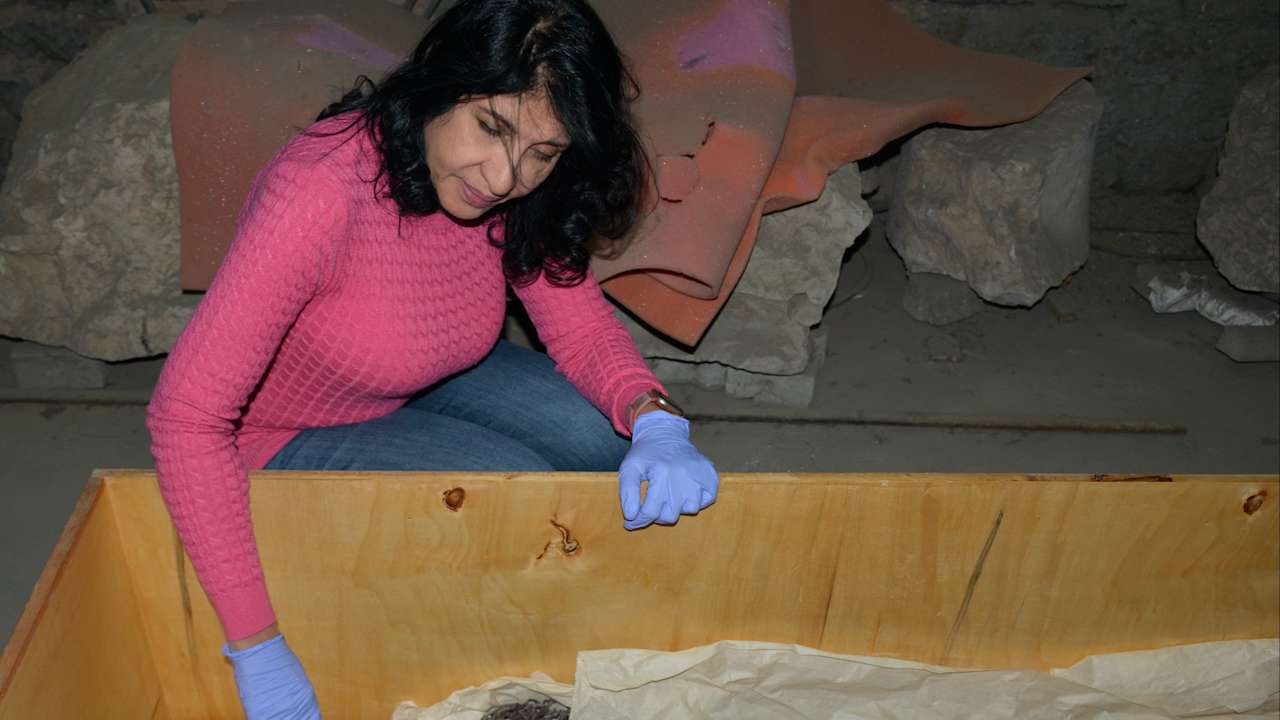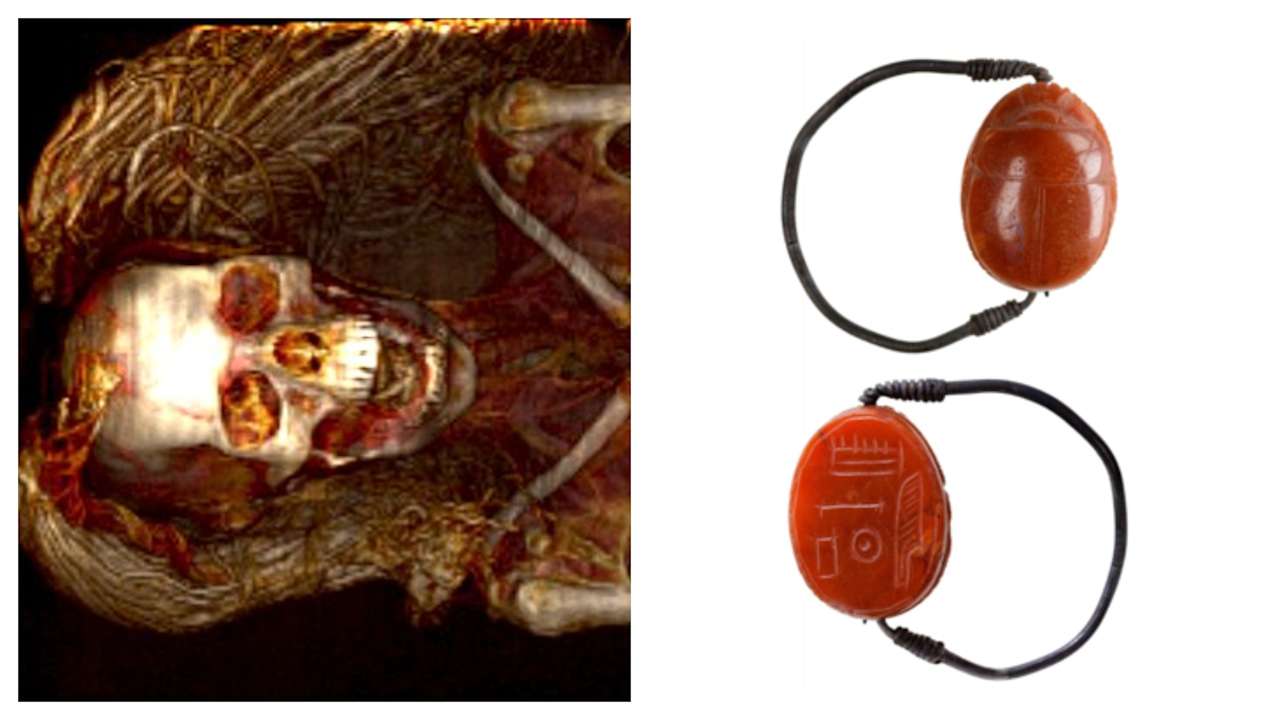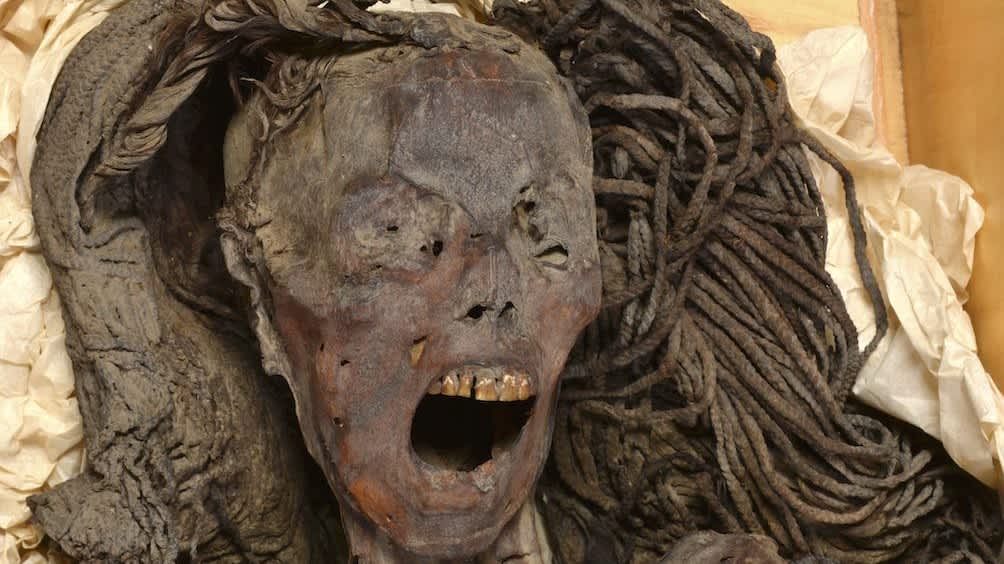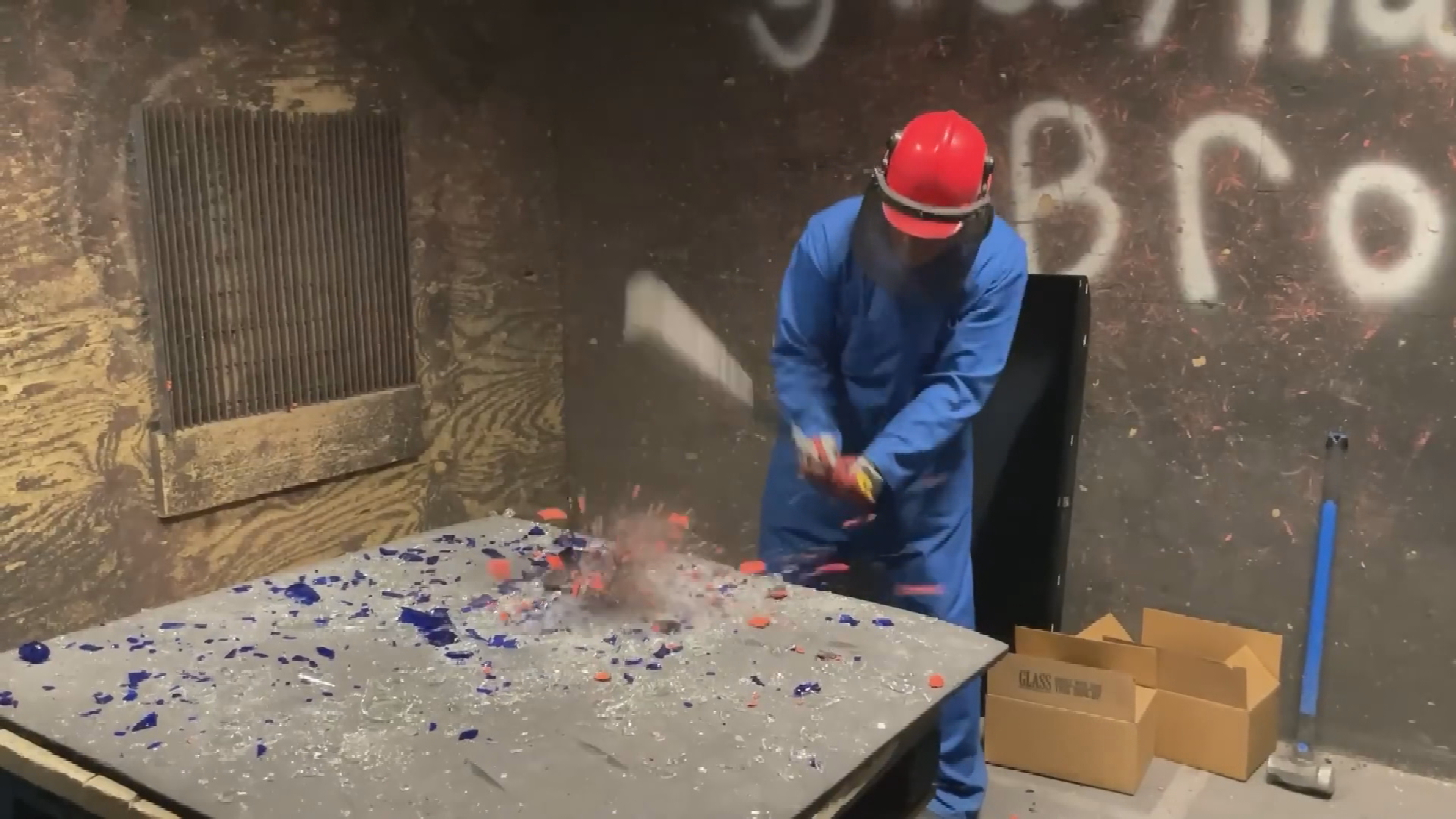An ancient Egyptian mummy found with a “screaming” face may have died wailing in pain around 3,000 years ago, scientists believe.
Nicknamed the “Screaming Woman”, her eternal expression of agony has puzzled experts for 90 years.
Analysing the remains using new technology, archaeologists now believe she died crying in distress and her muscles quickly stiffened and froze shortly after her death, immortalising her anguish.
However, they said the cause of her death, which may have been violent, remains a mystery.
Sahar Saleem, a professor of radiology at Kasr Al Ainy Hospital of Cairo University in Egypt, described the Screaming Woman as a “true time capsule” preserving the final moments of her life.

She believes the body experienced a rare event known as cadaveric spasm shortly after death. This condition causes the muscles to freeze in the position the person was in at the moment of death.
Cadaveric spasms are usually associated with brutal deaths under extreme physical conditions and intense emotions.
The ‘Screaming Woman’ was discovered at an ancient site in Luxor beneath the tomb of a well-known architect known as Senmut, not far from where his mother, Hat-Nufer, was buried. The expedition was led by the Metropolitan Museum of New York.
Lying inside a wooden coffin, with legs extended and arms folded above her groin, the mummy had two gold and silver scarab rings on the third finger of her left hand, and a black wig made from date palm fibres.

Scientists believe the woman would have been around 5ft tall and died at the age of 48, researchers estimate.
Scans revealed she had lost and broken many of her teeth before her death and suffered from mild arthritis of the spine. Professor Saleem said her brain, lungs, liver, spleen, kidneys and intestine were still present – unlike classic mummification methods where organs are usually removed from the body.
Professor Saleem said the findings, published in the journal Frontiers in Medicine, challenge the view that the mummy’s pained expression was a result of poor embalming.
She said: “She was embalmed with costly, imported embalming material. This, and the mummy’s well-preserved appearance, contradicts the traditional belief that a failure to remove her inner organs implied poor mummification.”
Follow STV News on WhatsApp
Scan the QR code on your mobile device for all the latest news from around the country



























